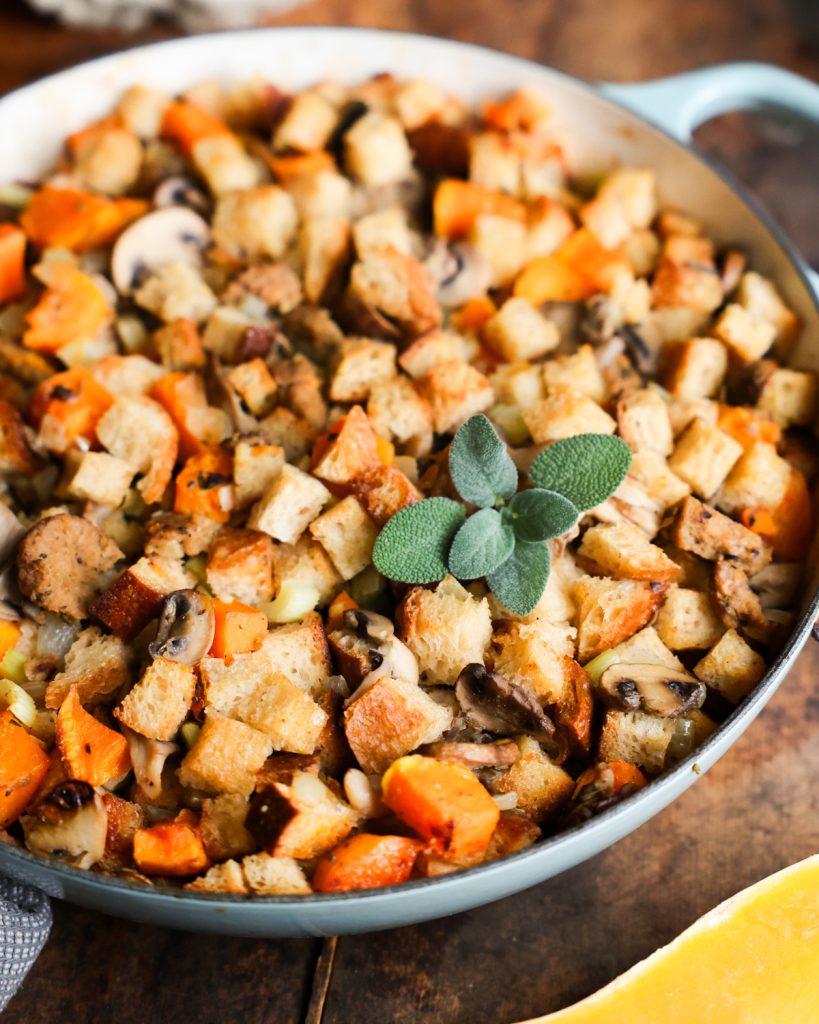 We know it sounds like a cliché, but for most, uni really is a whole different world. Settling into this brave new territory can be quite an adjustment, especially when you find yourself leaving the confines of your nice comfy home to move into a house, flat or hall of residence with a bunch of people you’ve never met. So we’ve created a simple guide, including tips on stocking your kitchen, decorating your room and interacting with your roomies which will help make the transition as easy as possible.
We know it sounds like a cliché, but for most, uni really is a whole different world. Settling into this brave new territory can be quite an adjustment, especially when you find yourself leaving the confines of your nice comfy home to move into a house, flat or hall of residence with a bunch of people you’ve never met. So we’ve created a simple guide, including tips on stocking your kitchen, decorating your room and interacting with your roomies which will help make the transition as easy as possible.
1. What to bring for the kitchen
Most halls of residence and shared accommodations have a communal kitchen with allocated refrigerator, freezer and cabinet space, along with communal utensils such as plates, cutlery and drinking glasses. The quality and quantity of these items will vary from quarters to quarters, so if you have go-to kitchenware at home that you use on a regular basis, such as a special skillet, a muffin pan or a flask, bring it along. It’s also a good idea to bring some food storage containers and a good cookbook or two as well. You can save a lot of money if you cook the majority of your own meals and pack your own lunches. But keep what you bring to the bare necessities, as your storage space is likely to be very limited.
2. What to buy for the kitchen
We suggest that you wait until you’ve had the chance to have a look around your new accommodations before you invest in anything new, which will give you a chance to evaluate how much storage space you have and take a look at what’s already available in your new kitchen. After you’ve had the chance to evaluate what your new place has to offer, consider whether it’s adequate. If not, you can always supplement it. If you’re on a tight budget, we suggest that you wait a couple of weeks before you start buying new stuff, because you may find it’s easier to function without it. If your kitchen is missing a few necessities, such as a blender or a hot kettle (which is handy not only for making tea but also for making quick meals such as ramen noodles), consider asking your housemates to all chip in so that you can buy it for communal use.
3. Decorating
When purchasing your bedding, be sure to opt for down-free duvets and pillows. Brighten your room with a cotton-based duvet, which is readily available in some pretty funky styles. Speaking of style, in many instances, how we decorate our living spaces is a reflection of ourselves. So decorating your flat can be a subtle form of activism and an expression of your ethos. Speak up for animals without saying a word by hanging animal rights posters and art in your room and on your door (if that’s allowed). And if it’s not in violation of the rules of your house, flat or hall of residence, place a couple of animal rights magnets and/or stickers on the fridge.
4. Shared kitchen
Your house-, hall- or flat-mates may never have shared accommodations with a vegan or vegetarian before. Because of this, they may not intuitively know that you’re wary about their meats or meat-derived products accidently leaking into or onto your vegan products or that it’s important to you that they thoroughly wash shared kitchen supplies after cooking with meat. So it may be a good idea if you let them know that you’re a vegan and give them a bit of insight into your lifestyle. Cooking in a shared kitchen can be another opportunity for subtle activism. When your meat-eating roomies smell the delicious aroma of your vegan dishes, they’ll likely become a bit curious about the things that you eat. And if you leave your vegan cookbooks in the kitchen, your roomies may be inspired to try a recipe one day.
5. Shopping
Learn to shop on a budget. Yes, we just said “budget”. Don’t let that word scare you – it’s really not that difficult. Look for offers at your local grocery store. Plan your meals ahead of time, including snacks – weekly, if you can – then make a grocery list and stick to it. The UK has some of the best markets in the world! Take advantage of them. If you go towards the close of the market, you can usually get some really good deals, as the farmers are typically eager to get rid of the last of their produce. Check out our “Vegan on a Budget: Recipes From a Girl Called Jack” blog post. Can’t find your niche vegan staples at the local market? Then order them online. You’d be surprised at what you can find on Amazon.co.uk, and Ocado.com has a whole vegan section.
 6. Ordering takeaway
6. Ordering takeaway
In most cases, it’s cheaper to cook your own food, but there will no doubt be times when cooking is just not an option, as during those seemingly inevitable all-night, essay-writing marathons. Or there may be moments when you just want to treat yourself to a lazy night in. In these instances, takeaway is optimum. Here’s a quick rundown on how to order takeaway from different cuisines:
- Italian: Vegan pizza options are becoming more and more popular. Check out HappyCow to find out whether any pizzerias in your area offer vegan options. If not, order a veggie-filled cheese-less pizza. Fresh pasta is often prepared with eggs, but store-bought pasta is usually eggless. So when ordering pasta, ask if they have any meatless, cheese-less sauces in house and whether the pasta contains any eggs.
- East Asian: With a heavy dependence on rice, rice noodles and vegetables, East Asian takeaway can be quite vegan-friendly. But there are a few ingredients that you should be aware of: eggs in rice and soups, shredded meat in soups (even vegetable soups), meat-based stock in soups, egg-based noodles, dashi or fish flakes (often found in Japanese cuisine) and oyster and fish sauce (commonly found in Thai cuisine).
- South Asian: Indian food is a great go-to for delicious, flavourful takeaway. Most Indian restaurants offer a variety of curried vegetable dishes. Just be sure that the curry isn’t made with ghee, which is derived from clarified butter.
For more tips on vegan uni living, visit V in the UK.


